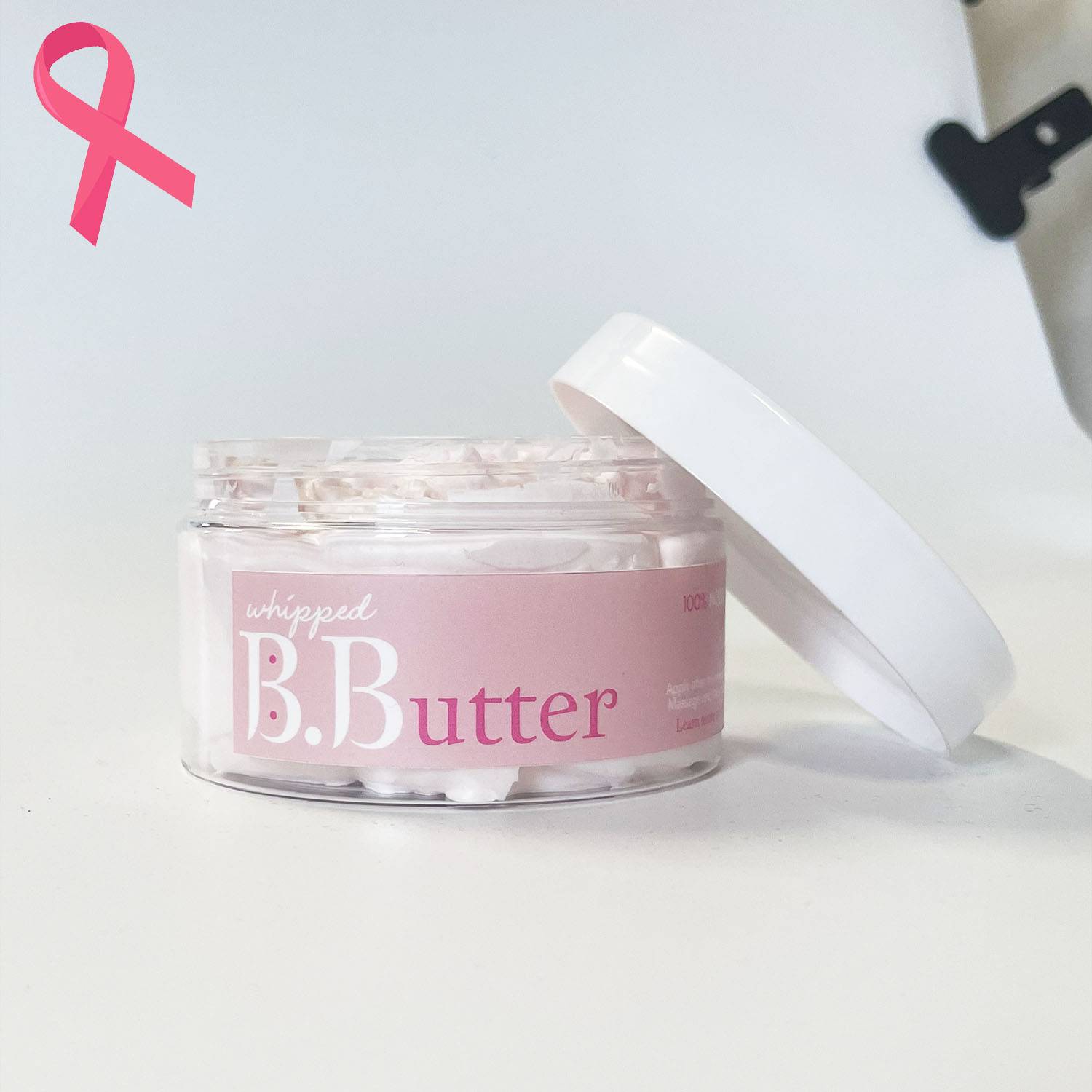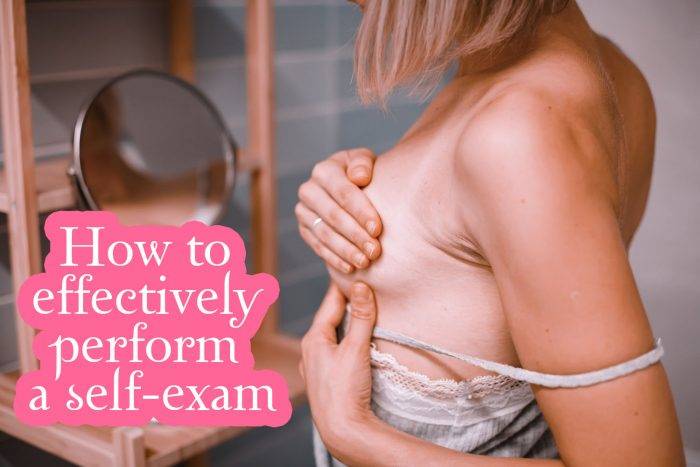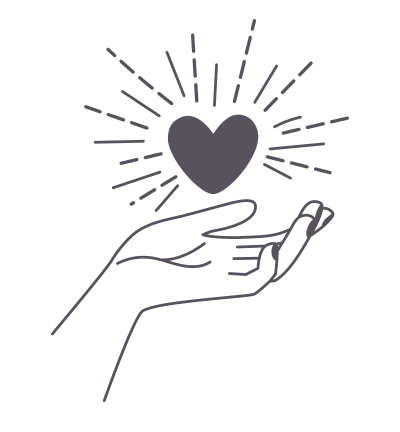A self-exam of your breast can save your life ! Movements, zones, frequency of checkup… here is the procedure that gynaecologists advise for a correct self-examination. And remember the importance of screening this Pink October!
This autumn, like every year since 1994, the month of October is dressed in pink to raise awareness of breast cancer, the most common cancer in women. It affects one in eight women. This special month is also an opportunity to become familiar with the breast self-exam methods which allow the detection of the disease at an early stage and therefore improve the treatment. Here we give you the keys to doing it correctly.
First, don’t be afraid to self-examine
A breast self-exam should be a routine like any other, not a moment of anxiety, otherwise you will be reluctant to do it or try to avoid it.
The fear of discovering something abnormal is rooted in all of us, but we have to reason with ourselves and understand that it is a normal, healthy routine.
The chances of beating a tumour discovered early enough are close to 100%.
Scan the skin with the pads of the fingers
The work begins first by observing the appearance of the chest. Standing in front of a mirror and arms along the body, look for potential redness (more details below), hollows, or swelling in the breast. Then repeat with the arms raised.
The self-examination is carried out standing or lying down. We use the pads of our fingers and not the palm of our hand. At the level of the first phalanges, the surface of the finger is flatter. This area is therefore the best suited to scan the skin in search of an irregularity. It is advisable to try this out in the shower: the water and the soap make the movements more fluid and help your fingers glide more naturally over the skin.
Avoid hesitant touches. In contact with the skin, the mammary gland is pressed against the chest wall. Do not hesitate to press well, as if draining the breast through its entire surface.
Cool tip : use the Whipped B.Butter to massage your breast and perform a self-exam, it will glide easily and infuse your skin with natural and firming goodness. Make it a moment of delight. During Pink October, we donate 100% of the profits to the NZ Breast Cancer Foundation.

Don’t self-examine during your period
Every month, it is very likely that the breasts will sometimes feel heavy, tight and grainy. This is what happens naturally a few days before the onset of menstruation or during it. However, there is no need to rush to the gynaecologist each time the mammary glands swell under the effect of estrogen. To tell the difference between a benign lump and a potential symptom, it’s best to wait until the end of the period for your self-exam. If the lump persists regardless of the time of the cycle, if it is hard, painless and not or only slightly mobile, we can recognize the manifestation of a possible tumour.
Characteristics of a cancerous lump :
The lump is thick and hard • It is not painful even when you press on it • It is not or only a little mobile • It is present for the entire duration of the menstrual cycle
Lightly squeeze the nipple
Here we’re looking for a mild discharge. Not all kinds are alarming, some women may frequently observe milky-looking discharge or bilateral effusions (present on both breasts). These are generally benign phenomena, the cause of which is often hormonal. Bloody and unilateral discharge should be examined by a doctor.
The nipple as a whole must also be studied. At the start of cancer, lesions similar to eczema may appear around its edges. Although these eczema-like appearances mainly affect the elderly, doctors advise that you need to be aware of these changes as soon as possible.
Examine the whole breast
Circularly, top to bottom, left to right. To practice self-examination effectively, the breast must be massaged in its entirety, without forgetting the areas at the edge of its protruding part. The axillary hollow (under the armpits) is full of lymph nodes. These tiny organs, which are part of the lymphatic system and serve as tissue filters, are usually the first to be affected. We therefore need to take the time to feel this area, while keeping in mind the characteristics that make it possible to differentiate a worrying lump from a small cyst linked, for example, to poor hair removal.
Another area frequently forgotten: the neckline. Depending on breast size, some women may have breasts that are set quite high, almost below the collarbone. During the self-examination, we do not hesitate to extend our gestures a little higher and a little further.
Gynaecologists recommend a breast self-exam every 4 to 5 months
Of course, self-examinations in no way replace medical examinations; the goal is to eventually sound the alarm to encourage us to consult. But if there is a tumour, it will only be after medical imaging has been prescribed and a biopsy has been performed that the diagnosis can be confirmed.
Know yourself and know others
To avoid making yourself too anxious, you should not make this a monthly routine. Women should do a self-exam every 4 to 5 months. The goal of awareness is not to cause psychosis, but to educate everyone about the gestures that save.
It is also important to check the medical history of the women in your family. Knowing that you are part of a line of at-risk individuals will prepare you for earlier screening.
Be aware, visit : https://www.breastcancerfoundation.org.nz/breast-awareness



